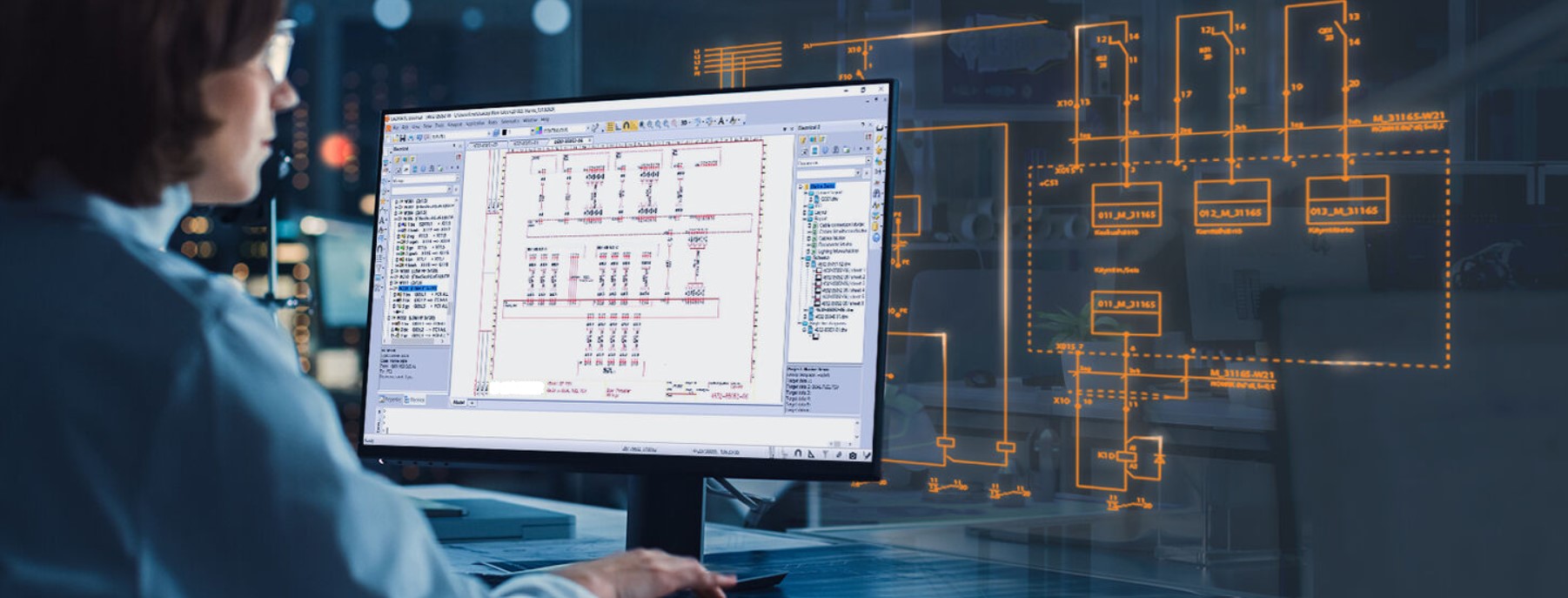Top-rated Electrical Engineering Design Services Tailored to Unique Needs
Top-rated Electrical Engineering Design Services Tailored to Unique Needs
Blog Article
Cutting-edge Electric Design Services for Modern Framework
As metropolitan settings expand progressively complex, integrating modern technologies such as clever grids and sustainable power resources comes to be extremely important. These developments not just guarantee to enhance power consumption but likewise foster strength versus future demands.
Significance of Ingenious Electric Design
Cutting-edge electric design plays an important duty in modern-day infrastructure, influencing not only efficiency but additionally sustainability. As cities evolve and the need for energy rises, the need for advanced electrical systems becomes critical. These systems need to not only fulfill current demands but additionally expect future development and technical improvements.
A well-executed electric design can significantly reduce power intake, thus decreasing functional expenses and reducing ecological impact. By including eco-friendly power resources, such as photovoltaic panels and wind generators, ingenious designs can improve power self-reliance and resilience. Moreover, clever grid modern technologies enable real-time monitoring and management of energy distribution, maximizing performance and minimizing waste.
Safety is an additional critical aspect of electric design. Carrying out extensive requirements and advanced modern technologies can reduce threats connected with electric failures, guaranteeing a safe and secure atmosphere for locals and businesses alike. Furthermore, innovative styles assist in adaptability, allowing frameworks to integrate arising technologies effortlessly.
Trick Trends in Electric Design
As the landscape of electrical design remains to evolve, a number of crucial fads are shaping the future of the industry. One considerable fad is the assimilation of wise innovation right into electrical systems. The proliferation of the Web of Points (IoT) has enabled real-time tracking and control of electric tools, boosting efficiency and facilitating anticipating upkeep.
An additional trend is the expanding focus on modular design. This approach permits scalable and versatile options, allowing infrastructure to adjust to changing needs without comprehensive improvements. Furthermore, the use of sophisticated simulation devices and Building Details Modeling (BIM) is coming to be significantly widespread, streamlining the design procedure and enhancing collaboration amongst stakeholders.
Furthermore, developments in products scientific research are leading to the development of lighter, more sturdy, and energy-efficient components. This advancement is especially crucial for high-performance structures and facilities tasks.
Last but not least, there is a significant shift in the direction of data-driven decision-making - electrical design services. Leveraging data analytics aids developers maximize systems for performance and cost-effectiveness. Together, these fads indicate a transformative era in electric design, boosting performance, sustainability, and resilience in modern-day facilities
Sustainable Power Solutions
Lasting energy solutions are progressively coming to be a crucial emphasis in electrical design, reflecting a broader dedication to environmental duty and resource efficiency. These remedies aim to decrease ecological influence while enhancing power usage in numerous facilities, from residential structures to huge business facilities.
Among the primary methods includes the assimilation of renewable resource resources, such as solar panels and wind generators, into electric systems. This not just decreases dependence on nonrenewable fuel sources yet additionally improves energy durability. Additionally, innovative power storage systems, such as sophisticated batteries, allow efficient management and circulation of energy, making certain that excess power created throughout peak manufacturing can be used anonymous during high demand durations.
Additionally, energy-efficient design techniques are being taken on to enhance overall system performance. This includes utilizing energy-efficient lights, cooling and heating systems, and clever building innovations that adjust and monitor energy usage based upon occupancy and ecological problems.
Smart Grid Technologies
The application of sustainable power remedies normally results in the exploration of clever grid modern technologies, which play a pivotal duty in improving electric systems. Smart grids utilize advanced communication technologies and data analytics to improve the dependability, performance, and sustainability of electricity distribution. By integrating electronic technology with typical grid framework, these systems assist in real-time surveillance, automated control, and boosted decision-making capacities.
One of the key attributes of smart grids is their capacity to suit renewable resource resources, such as solar and wind power. This flexibility not only lowers dependency on fossil fuels yet likewise enables an extra decentralized energy manufacturing design. Wise grids allow demand response programs, where consumers can adjust their energy usage based on real-time prices, consequently advertising power preservation and minimizing peak load needs.
In addition, smart grid technologies improve grid durability by allowing quicker identification and resolution of interruptions, eventually reducing downtime. With anticipating maintenance and analytics, energies can enhance operations and boost service delivery. As cities and neighborhoods remain to advance, clever grid technologies are important for developing a efficient and lasting official statement electric infrastructure that fulfills the needs of modern culture.

Future-Proofing Framework
To ensure long-lasting feasibility and flexibility, future-proofing facilities is important in the quickly evolving landscape of electrical design solutions. As innovation breakthroughs and power needs change, it is vital that electrical systems are developed with flexibility in mind. This requires integrating scalable services that can fit future upgrades without demanding extensive overhauls.

Additionally, sustainability must be a cornerstone of future-proofed styles. Utilizing renewable resource resources, such as solar and wind, and maximizing energy performance minimize reliance on fossil fuels, aligning with international efforts to deal with climate modification.
Final Thought
By prioritizing sustainability, adaptability, and efficiency, these visit our website solutions attend to the developing demands of power systems. The assimilation of smart grid innovations and sustainable energy options enhances resilience and minimizes operational expenses.
A well-executed electrical design can considerably lower power usage, thus reducing operational costs and reducing ecological effect. By integrating eco-friendly energy resources, such as solar panels and wind turbines, cutting-edge layouts can improve power self-reliance and resilience. Furthermore, innovative power storage systems, such as advanced batteries, make it possible for effective monitoring and distribution of energy, making certain that surplus power generated during optimal production can be used throughout high demand durations.
Wise grids allow need action programs, where consumers can change their power use based on real-time prices, thus promoting energy preservation and minimizing peak tons demands. (electrical load calculation)
As innovation advancements and energy demands change, it is essential that electric systems are designed with versatility in mind.
Report this page